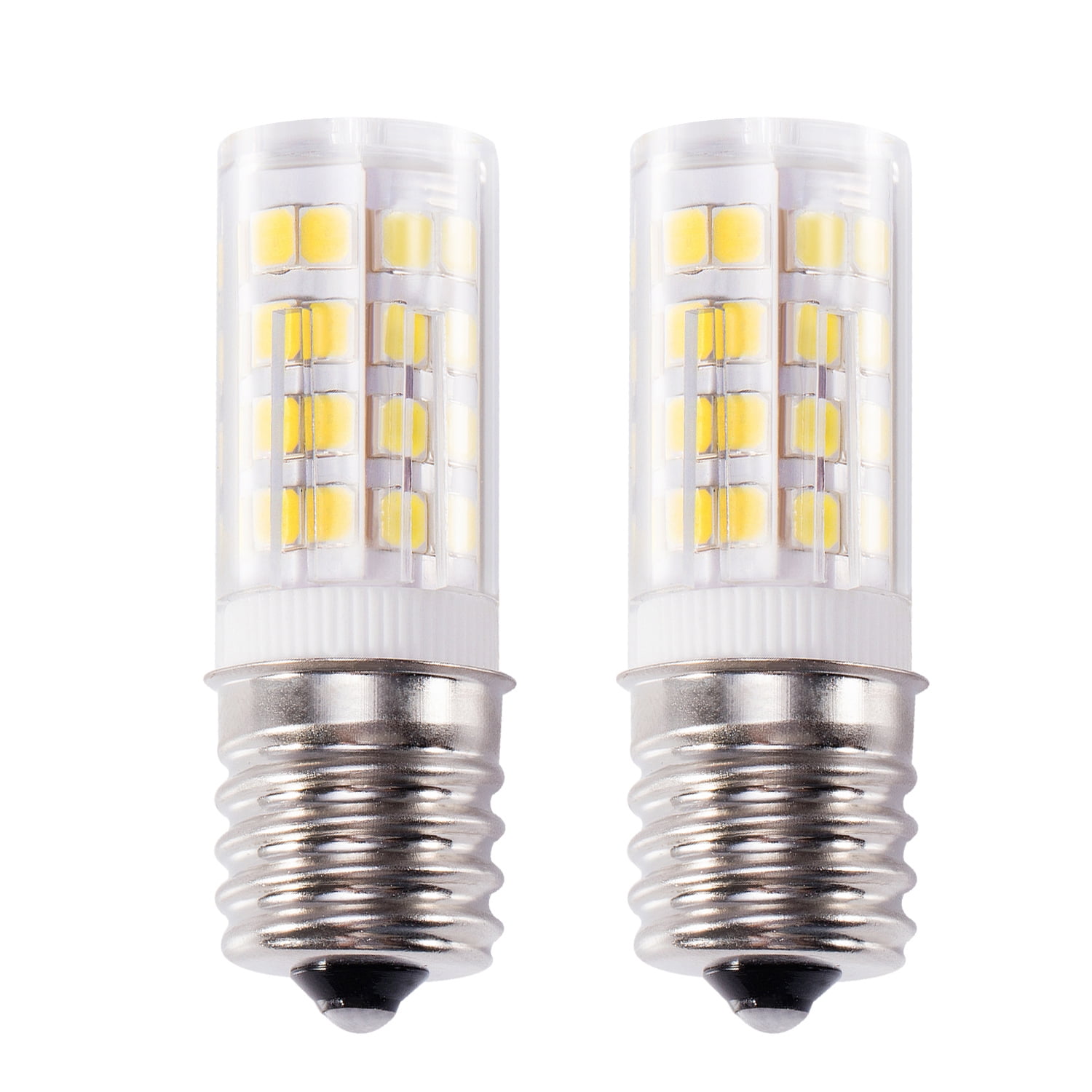
The different H3 lamp models represent various compromises. When designing a halogen lamp, the developers are looking for a compromise between excellent energy efficiency, high luminous efficacy, and long life.
HALOGEN BULBS DRIVER
The luminance expresses best how the driver sees objects in one of the light beams produced. It also takes into account the color and the reflectivity. It describes which impression of brightness the human eye receives. The luminance gave as candela per square meter. If a luminous flux of 1 lumen covers an area of 1 square meter, the illuminance is exactly 1 lux. Illuminance describes the ratio of luminous flux to a defined, illuminated area. An incandescent lamp with 100 watts of power has a luminous efficacy of 13.8 lumens per watt. The light output gave as lumens per watt. It also takes into account the technical conversion losses. To differentiate from the luminous flux is the luminous efficacy. A conventional incandescent lamp with 100 watts has a luminous flux of about 1380 lumens. The luminous flux is measured in lumens and denotes the light output emitted by a light source.

Today, halogen lamps have become established as standard incandescent lamps and represent the most widely used lighting technology in motor vehicles.īefore buying H3 bulbs, it is worth getting acquainted with the fundamental differences and the most important terms. The production process was certainly mastered only in the 1970s. The production of heat-resistant quartz glass required a lot of research and years of testing. Ordinary glass does not withstand the heat caused by the small distance between the glass bulb and the tungsten wire. One reason is the quartz glass required for halogen lamps. Because of the many advantages of the halogen lamp over conventional incandescent bulbs, the question arises why this technology not developed and used earlier. The compact design of the halogen lamp comes to meet the car manufacturer, which can make the headlights more compact and form-rich than when using the previously used Biluxlampen. The brightness of the H3 bulb, therefore, remains constant for a long time and only gradually decreases. The halogen inside the halogen lamp starts this process and ensures that there is no drop in luminous flux during operation.

This, in turn, is an essential prerequisite for the halogen cycle process, which leads to an extended life of the lamp and prevents blackening of the glass bulb. The glass bulb encloses the thread within only a few millimeters distance so that on the tungsten wire, a higher vapor pressure loads. Due to the higher temperature of the filament, halogen lamps shine brighter and in a more relaxed light than standard bulbs. H3 bulbs are halogen bulbs and bring all the advantages that distinguish this technology. One of the disadvantages of incandescent lamps is the increasing blackening of the glass bulb during the service life, which results from the evaporation and precipitation of tungsten molecules. As a protective gas, usually, a nitrogen-argon mixture is used it helps with high-quality incandescent lamps Krypton or Xenon the bulb to more brightness. Since the tungsten wire would burn in atmospheric air within a short time, the sky removes from the bulb, or it filled with a protective gas. Most of the energy radiated as heat, but the remaining two to three percent is enough to brighten the environment. In the case of the light bulb, a current flows through a coiled wire made of a material such as tungsten and makes it glow.

The incandescent lamp was invented at the end of the 19th century and played a large part in accelerating the industrial revolution in the early 20th century.


 0 kommentar(er)
0 kommentar(er)
